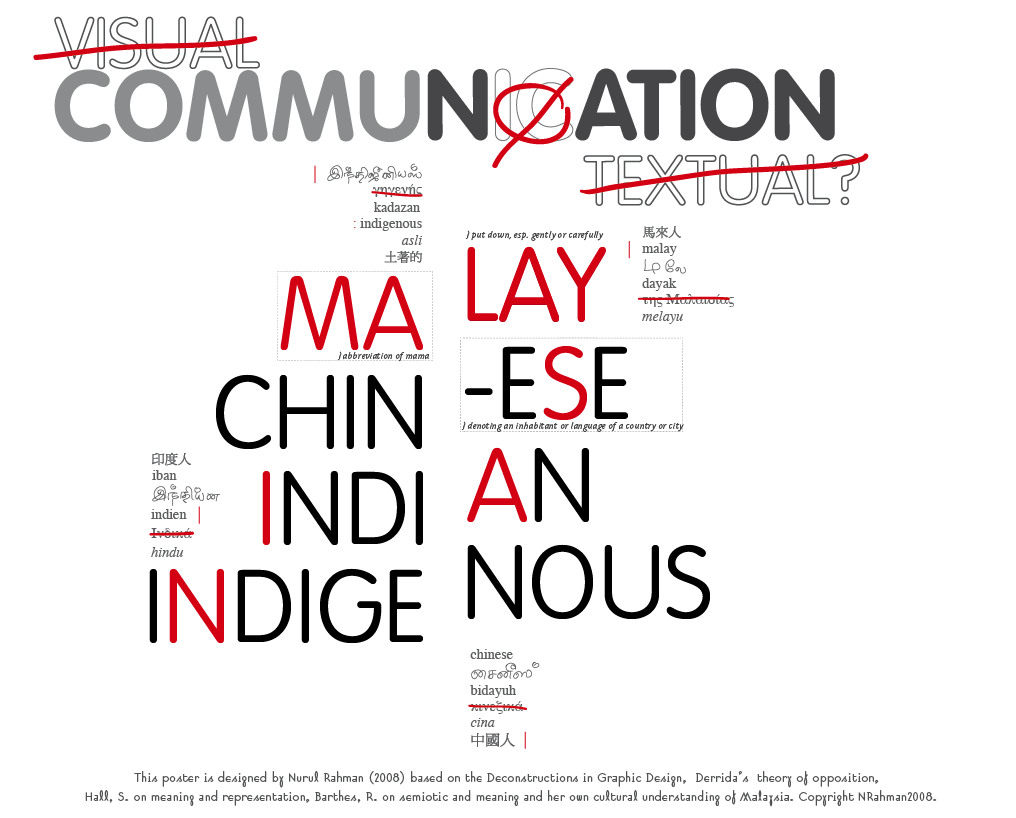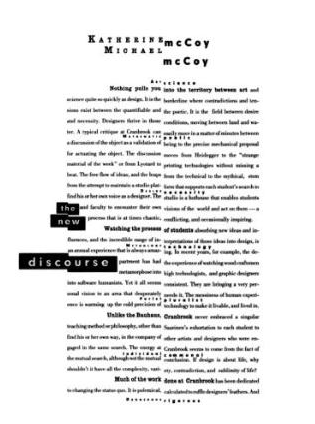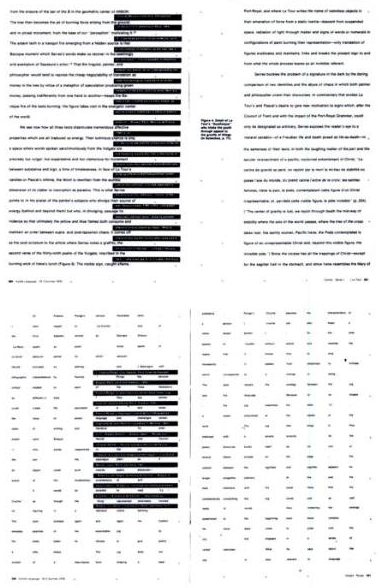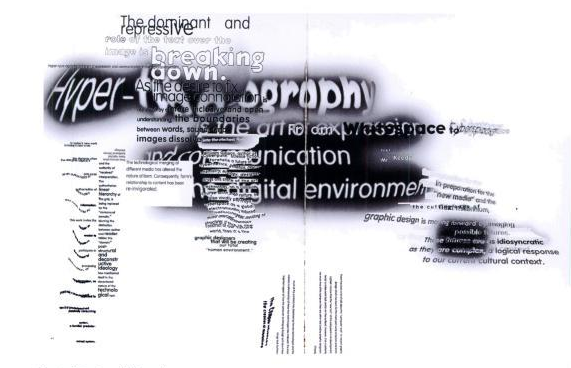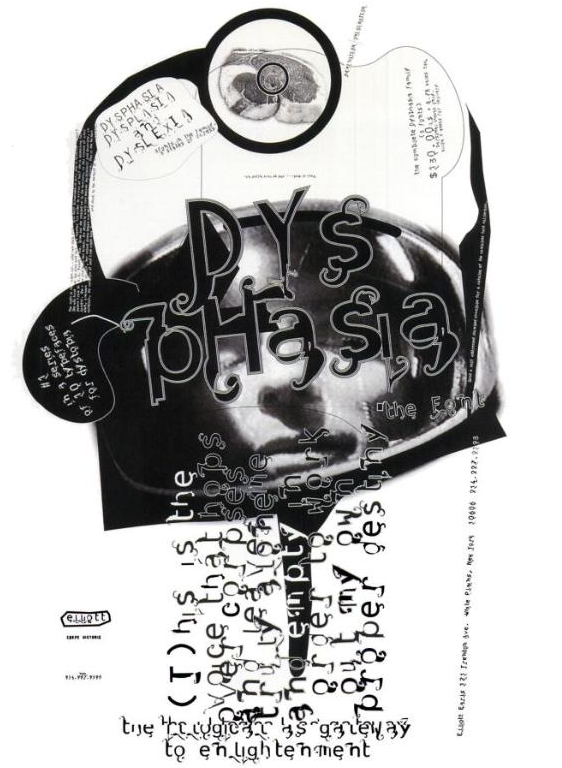I’m presenting a paper at a 17th Biennial Conference of Asian Studies Associations of Australia (ASAA). It at Albert Park Hotel, in St Kilda, Melbourne.
In this paper I will discuss about the earliest project in the beginning of my PhD, the Online Forum and www.malaysianidentity.com is the case study of this paper. As my PhD is a practice-based design research project, it is challenging to explain it to the non-design background what is design research and what is practice-based research. Here’s the abstract of my paper. If you interested to read the whole paper, please do email me.
Can an online discussion be used as a new research practice? A case study www.malaysianidentity.com
Nurul Rahman
With the rise of web 2.0, and collaborative web sites and communication platforms, there is the temptation and the possibility of utilising innovative technology for research methods and practices.
As part of a practice-based design PhD research project, I used an online discussion forum as an environment to enable focus group discussions. The aim was to gather together a selection of research participants (artists and designers) involved in creative fields, to start a conversation, and explore ideas about, Malaysian identity and its representations within cultural artifacts. I facilitated this discussion, exploring particular topics; and through the use of open-ended questions and threads within the forum, encouraged participants to present their ideas and engage with others.
This paper will discuss how an online tool can be used within a research project to experiment and confront ideas, to find new directions for investigation or to have a general discussion about a specific subject with research participants who are located in diverse international locations, asynchronously.
The forum malaysianidentity.com will be used as a case study to explore the advantages and challenges such a solution may present.

Can online discussion be used as a new research practices? by Nurul Rahman is licensed under a Creative Commons Attribution-Noncommercial-No Derivative Works 3.0 Unported License.
Talking to Yoko about my research always helped me in putting my puzzle together. Yoko asked me to visualized my research using a metaphorical methods. Because Im still researching and not so sure weather the words Im using is what Im really mean,
Yoko suggested me to either leave it blank or give it a name. Leaving it blank is not very easy for me as ˜blank for me means nothing, and it will confuse me later on. So this is how I decided to do it taking on board what Yoko suggested me to try on. I will use the metaphorical idea of ˜cake. Before I continue this idea of cake, I would like to define some parts in my research that I will relates with using the metaphorical of ˜cake.
What are my key questions in my research?
My research interested in the contributions of design, particularly communication design and it close relations to the constructions of national and cultural identity. Although, both national and cultural identity are two different things but both connected to each other closely. Without one, the other will not mean anything. Thinking what comes first in identity is like thinking what came first in chicken and eggs. Both inform each other constantly. This leads to the question Quest-ce quune nation? What is the nation? Apa itu bangsa? And the next question narrowing it down to subject in my research is about Malaysia which what Im searching for What makes the nation? ˜Apa yang membentuk bangsa?.
Now, I have to admit, these questions is really broad and it is the on going questions that most of the researcher in sociology, anthropologies, media and cultural studies, history etc. have asked in their research until now. My research although it relates very much to the questions that Ive asked before, it is also relates to communication design. In fact my PhD is focusing on the roles of design, particularly communication design in the construction of national and cultural identity. I argued that communication design play a significant roles in the shaping of national and cultural identity. Clearly it is quite obvious but there is not much written about it, the involvement of communication design in the constructions of national and cultural identity, particularly south east asia, such as Malaysia. Which areas in design or what medium in design that Im focusing in is a good questions. And how it contributed, through what medium and what makes it is a strong argument is what Im still investigating.
Back to the attempt of using a metaphorical ways of looking at my research questions ˜What makes the nation? ˜What are the ingredients that shape Malaysian identity, nationally and culturally?. If ˜cake is the Malaysian identity, then what is the ingredient of making that ˜cake? Why is that this cake is claimed uniquely Malaysian? I think what Im doing is questioning the idea of uniqueness in Malaysian identity. Why did Malaysian think that Malaysia is unique? Or not.
If I argued the Malaysian Identity is not unique, because what makes Malaysian Identity is similar to what makes any other countries such as the different in of culture, custom, cuisine, etc. then what is it then? What makes the people (Malaysian) believe that their nation is unique? Theres a lot more in unique than different. Indeed, each nation is different in some ways, lifestyle and culture but is it unique? Is it by using the word unique are strategies to a nation building, or as a way to promote the country? In fact is it part of the country branding to create a belief that the country is special? This is interesting, focusing on the words unique, what are the relation between branding and the nation building?
Unique = being the only one of its kind; unlike anything else, particularly remarkable, special, or unusual.
Is Malaysian unusual? Lets have a look at what different mean?
Different – not the same as another or each other; unlike in nature, form, or quality ; distinct; separate
Therefore it is no longer unique, but it does have ˜________ that somehow makes Malaysian different, that distinguish Malaysia from others, that relates Malaysia to something, could be an object, could be material or immaterial (Dewey pp.? 1938 “ refer to Margolin Experience as a product). What are the relationship between the product and the person, and how it creates the notion of national/cultural identity? What makes a person feel the connection between self and identity? How does the graphic design contribute in the construction of it?

